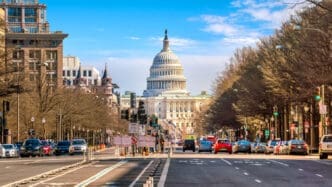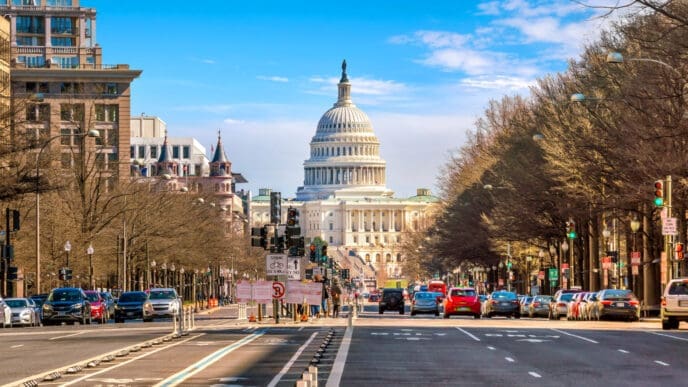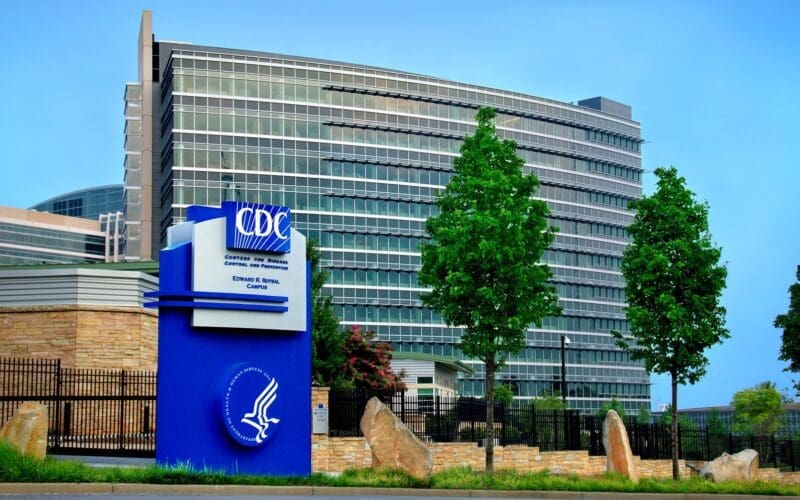WASHINGTON – President Donald Trump on Tuesday directed Texas Republicans to launch an aggressive, mid-decade redrawing of the state’s congressional map with the explicit goal of creating more GOP-friendly House seats, a move aimed at cementing his party’s fragile majority ahead of next year’s midterm elections.
The president’s directive, delivered in a call to the state’s Republican congressional delegation, signals a key part of the White House strategy to avoid a repeat of Trump’s first term, when Democrats flipped the House just two years into his presidency. The push comes just days before the GOP-controlled Texas Legislature is scheduled to convene a special session where it is expected to take up a new congressional map designed to further marginalize Democrats in the state.
Asked about the possibility of adding GOP-friendly districts as he departed the White House for Pittsburgh, Trump was blunt about his ambitions. “Texas will be the biggest one,” he said. “And that’ll be five.”
According to a person familiar with the Tuesday call, Trump told members of the Texas delegation that he expected the state Legislature to pursue five new, winnable seats through the redistricting process. The call was first reported by Punchbowl News.
This push for a mid-decade redistricting, a practice that is legal but highly unusual, represents a new front in the national political wars, one that could trigger a wave of similar partisan map-drawing efforts across the country. However, the strategy is fraught with political risk, even for the party wielding the pen.
The High-Stakes Gamble of Gerrymandering
Redistricting is a constitutionally mandated process of redrawing political districts after each once-a-decade census to ensure they have equal populations. While there is no prohibition against rejiggering maps between censuses, the wave of voluntary, purely partisan mid-decade redistricting that Trump is encouraging is rare.
The process of creating new “safe” seats for one party, known as gerrymandering, involves a delicate and often perilous political calculation. To create a new Republican-leaning district, map-drawers must take Republican voters from surrounding districts and pack them into a new one. This, however, can have the unintended consequence of making the districts they took voters from less Republican and therefore more competitive.
Some Texas Republicans have privately expressed hesitation about another aggressive redraw, keenly aware of the potential for it to backfire. In 2011, the party drew a highly aggressive map to expand its majority, only to see several of those supposedly “safe” seats washed away in the 2018 Democratic “blue wave” election during Trump’s first term. In response, the map drawn after the 2020 census was crafted more cautiously, primarily to shore up existing Republican seats rather than create new ones. The current delegation has 25 Republicans and 12 Democrats. A five-seat shift would give the GOP 30 of the state’s 38 seats, an extraordinary majority in a state where Trump won 56% of the presidential vote last year.
“There comes the point where you slice the baloney too thin and it backfires,” said Rick Hasen, a law professor at the University of California, Los Angeles, and an expert on election law.
Democrats’ Limited Options for Retaliation
The move by Texas Republicans has infuriated Democrats, but their ability to retaliate in kind is limited. In response to the news, California Governor Gavin Newsom wrote on social media, “Two can play this game.” However, the reality is more complicated.
Over the past two decades, Democratic-leaning states have increasingly adopted independent, non-partisan commissions to draw their political maps, a reform aimed at ending partisan gerrymandering. While lauded by good-government groups, this has effectively tied the hands of Democratic politicians in states like California, Colorado, Michigan, and Washington. Governor Newsom, for instance, has no role in California’s redistricting process after voters approved an independent commission system in 2008.
“There isn’t a whole lot Democrats can do right now,” said Michael Li of the Brennan Center for Justice. “In terms of doing tit-for-tat, they’ve got a weaker hand.”
This has left some Democratic strategists fuming that their party has unilaterally disarmed in the national political wars. “Reformers often do not understand the importance of political power,” said Rick Ridder, a veteran Democratic strategist in Denver.
Instead of redrawing maps, Democrats are pinning their hopes on the courts. Lawsuits are currently underway to overturn GOP-drawn maps in several states, including Wisconsin, where the new liberal majority on the state Supreme Court could potentially order new maps before the 2026 elections. Similar litigation is also pending in Utah and Florida.
The entire landscape of redistricting could be further upended by the U.S. Supreme Court, which is currently considering a case out of Louisiana that challenges a key provision of the Voting Rights Act. The case could lead to sweeping changes in the long-standing rules that require mapmakers to create districts where racial minorities have a chance to elect their preferred candidates, potentially making it easier for GOP-controlled legislatures to dilute the voting power of minority communities. A ruling is expected by next summer.
A Contentious Special Session in Texas
In Austin, the special legislative session set to begin on Monday was originally intended to focus primarily on the state’s response to the recent catastrophic floods that killed at least 132 people. The decision to add redistricting to the agenda has drawn sharp condemnation from Texas Democrats.
“There’s no doubt there were the failures at every level of government — the county, the state of Texas, the federal government. What the special session should be about is doing something to correct those failures,” said Democratic Rep. Lloyd Doggett, whose district includes part of Austin. “Redistricting, this scheme, is an act of desperation.”
House Democratic Leader Hakeem Jeffries echoed that sentiment in Washington, saying Trump’s push will “undermine free and fair elections.”
“Public servants should earn the votes of the people that they hope to represent. What Republicans are trying to do in Texas is to have politicians choose their voters,” Jeffries told reporters.
But Texas Republicans have embraced the opportunity. Governor Greg Abbott’s agenda for the session includes taking up “legislation that provides a revised congressional redistricting plan in light of constitutional concerns raised by the U.S. Department of Justice.” State Rep. Brian Harrison, who served in the first Trump administration, said lawmakers can redraw the maps in a way that is “thoughtful and constructive.”
GOP Texas Senator John Cornyn said he expects a new map will lead to “significant gains,” arguing that recent trends showing Latino voters shifting toward the Republican party will provide the demographic foundation for new, winnable districts.
The Democratic Congressional Campaign Committee, however, believes the GOP’s plan will backfire. Rep. Suzan DelBene, the DCCC chair, argued Tuesday that there was no way to redraw the boundaries without exposing more Republican incumbents to a possible Democratic wave, a common historical trend for the party that holds the White House in midterm elections.
“Any new map that Texas Republicans draw will almost inevitably create more competitive districts,” DelBene told reporters. “This scheme to rig the maps is hardly going to shore up their majority. It is going to expand the battleground in the race for the majority.”













